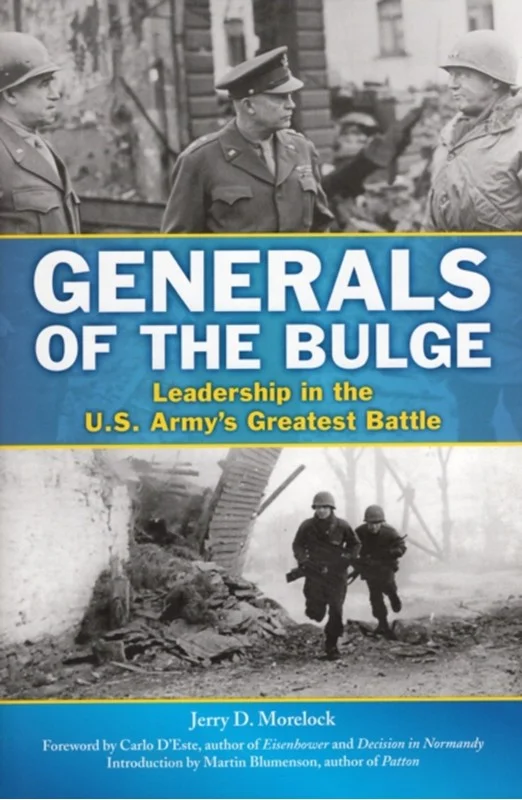Riders in the Storm - John D. Warner - Bog - Stackpole Books - Booktok.dk
The service of African-American soldiers during the Civil War is one of that conflict’s most stirring, if still not completely understood, aspects. In this comprehensive account—from recruitment into combat, and covering all the military, political, and social aspects of this story—John D. Warner recounts the history of the 5th Massachusetts Cavalry Regiment, the only Black cavalry regiment raised in the North during the war. After Massachusetts made history with the 54th and 55th Infantry Regiments, its governor wanted to continue the experiment of training African-Americans as Union fighting men, this time as cavalry. Where the infantry regiments recruited largely free Blacks from the North, the 5th focused on escaped slaves who it was believed would be better horsemen. (But not solely: the regiment’s members included a son of Frederick Douglass and, interestingly, several Hawaiian islanders.) This gave the regiment a sharper edge: not only would the former slaves be fighting for themselves, but they would be fighting to liberate loved ones still enslaved. The 5th’s officers were drawn from Boston’s abolitionist elite, including Charles Francis Adams Jr., great-grandson and grandson of U.S. presidents, son of the U.S. ambassador to the United Kingdom. In the spring of 1864, the regiment journeyed south and fought in Grant’s siege of Petersburg, where it joined attacks that nearly took the city in June. The 5th was then abruptly sent to Maryland to guard Confederate prisoners of war, until Col. Charles Francis Adams advocated for, and was granted, a return to combat duty. As part of the mostly Black XXV Corps, the cavalrymen found themselves at the vanguard of the Union army as it captured Richmond. On April 3, 1865, the 5th Massachusetts Cavalry Regiment was among the first units to enter the burning Confederate capital, at once a hellscape of destruction and a heaven for liberated slaves. Denied the rapid demobilization granted white regiments, the 5th ended the war in Texas on the Mexican border. In the spirit of the book One Gallant Rush and the movie Glory, Riders in the Storm covers—uncovers and indeed recovers—the story of the African-American cavalrymen of the 5th Massachusetts. Author John Warner has literal fingertip command of the primary sources, and after spending two decades researching letters, diaries, reports, newspapers, and more, he tells a story of resilience in the face of adversity, one that will resonate not just during the present moment of reckoning with race in the United States, but in the annals of American history for all time.













